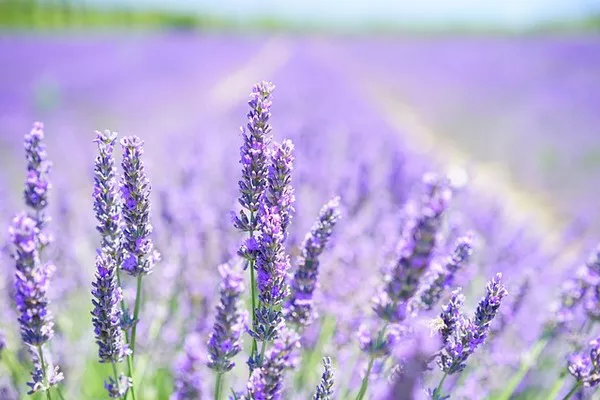Flowers have an ephemeral beauty that captivates our senses, but their lifespan is often short-lived. However, with the art of flower preservation, we can extend the life of our beloved blooms and savor their enchanting presence for years to come. In this article, we will explore various techniques and methods to preserve flowers, allowing you to cherish their beauty as everlasting treasures. From traditional drying methods to modern innovations, let us embark on a journey through the world of flower preservation and discover how to maintain the splendor of your favorite blossoms.
Air Drying
Air drying is one of the most common and straightforward methods of preserving flowers. This technique involves hanging the flowers upside down in a dry location, allowing them to naturally dry and retain their shape. Here’s how you can air dry your flowers effectively:
1.Choose flowers that are in full bloom but not overly mature. Remove any excess foliage or thorns from the stems.
2.Bundle small groups of flowers together using rubber bands or twine. Be sure to leave enough space between each bundle for proper air circulation.
3.Hang the bundles upside down in a dark, well-ventilated area with low humidity. Avoid areas with direct sunlight, as it can cause the colors to fade.
4.Allow the flowers to air dry completely, which typically takes two to three weeks. Check their progress regularly and make adjustments if needed.
Air-dried flowers are best suited for arrangements, wreaths, or crafting projects that do not require the flowers to be supple or fully intact.
Pressing
Pressing flowers is a delicate and artistic method of preservation that involves flattening the blooms between absorbent materials. Pressed flowers retain their natural color and shape, making them ideal for various decorative purposes. Here’s a step-by-step guide to pressing flowers:
1.Choose fresh flowers with petals that are not too thick or fleshy, such as pansies, daisies, or violets. Remove excess foliage and ensure the flowers are clean and dry.
2.Place the flowers between the pages of a heavy book, ensuring they are spaced apart and not touching each other.
3.Cover the flowers with absorbent materials like parchment paper or blotting paper to protect the pages of the book from moisture and staining.
4.Close the book gently, making sure not to disturb the arrangement of the flowers within.
5.Place additional weight on top of the closed book to provide even pressure. You can use more books, bricks, or heavy objects for this purpose.
6.Leave the flowers undisturbed in the press for about two to four weeks, depending on the thickness of the petals.
Once pressed and dried, these flowers can be used in various crafts, such as card-making, scrapbooking, or framed artwork.
Silica Gel Drying
Silica gel is a desiccant that effectively absorbs moisture, making it an excellent medium for drying and preserving flowers. This method allows flowers to retain their three-dimensional shape and vibrant colors. Follow these steps to preserve flowers using silica gel:
1.Select fresh flowers without blemishes or signs of decay. Trim the stems to the desired length and remove excess foliage.
2.Choose a container deep enough to accommodate the flowers without bending or crushing them. Fill the container halfway with silica gel.
3.Gently place the flowers in an upright position, ensuring they are not touching each other or the sides of the container.
4.Carefully pour more silica gel into the container, making sure to cover the flowers completely while maintaining their natural form.
5.Seal the container tightly to create an airtight environment. Store it in a cool, dry place for about one to two weeks, allowing the silica gel to absorb moisture from the flowers.
After the drying period, carefully remove the flowers from the container, brushing off any excess silica gel. Use a soft brush or compressed air for delicate removal.
Silica gel-dried flowers are ideal for arrangements, shadow boxes, or as standalone decorative pieces.
Flower Pressing Machines
For those seeking a more efficient and precise method of flower preservation, flower pressing machines offer a convenient solution. These machines apply controlled pressure and heat to expedite the process while maintaining the natural beauty of the flowers. Here’s how to use a flower pressing machine:
1.Prepare your flowers by removing excess foliage, ensuring they are clean and dry.
2.Place the flowers between layers of absorbent paper or blotting paper within a pressing frame or specially designed flower press.
3.Close the pressing frame or press, securing it tightly.
Follow the manufacturer’s instructions to set the desired temperature and press duration for optimal results.
conclusion
Remember that not all flowers preserve equally well, and the success of each method may vary depending on the type and condition of the flowers you’re working with.


